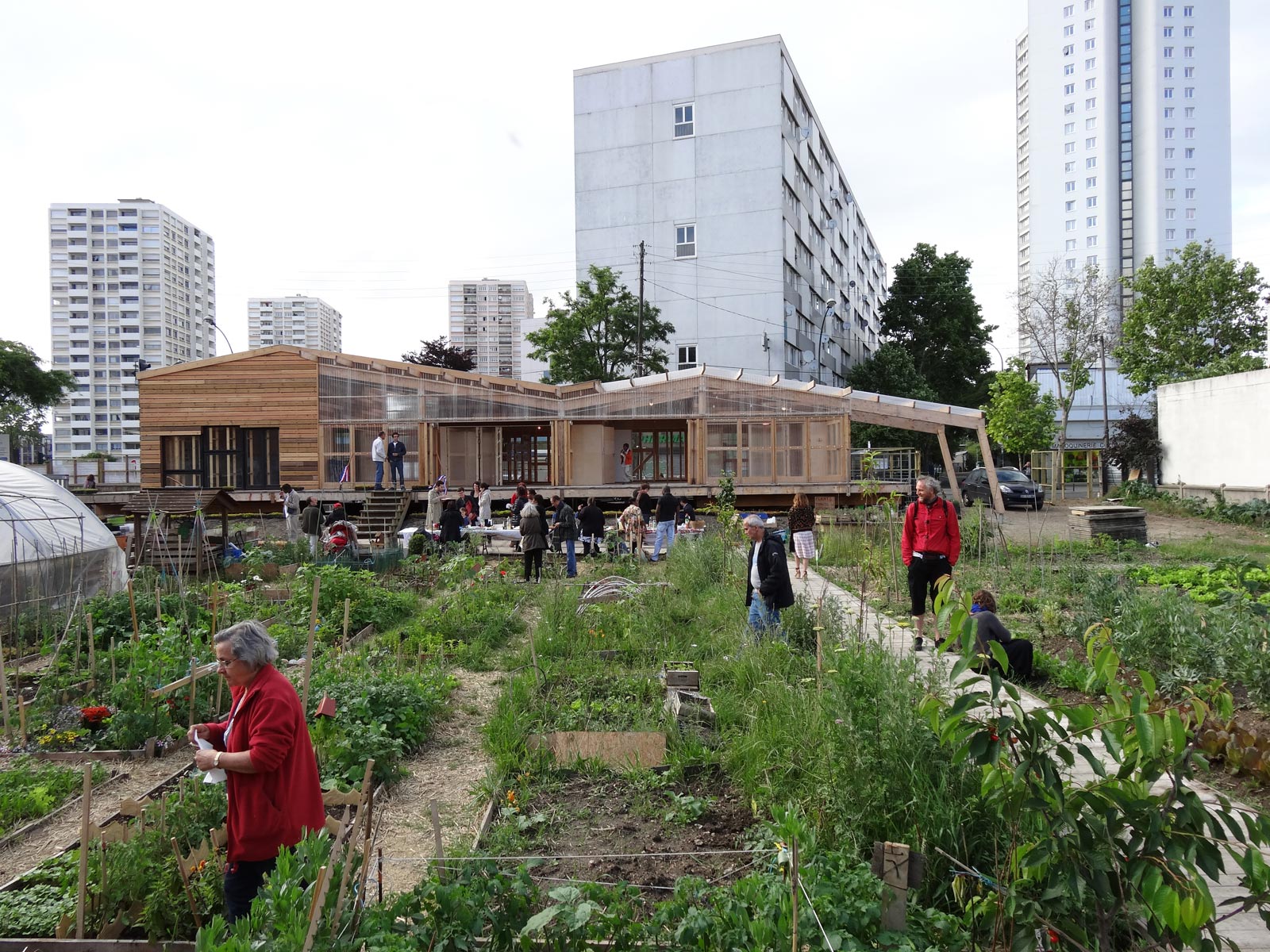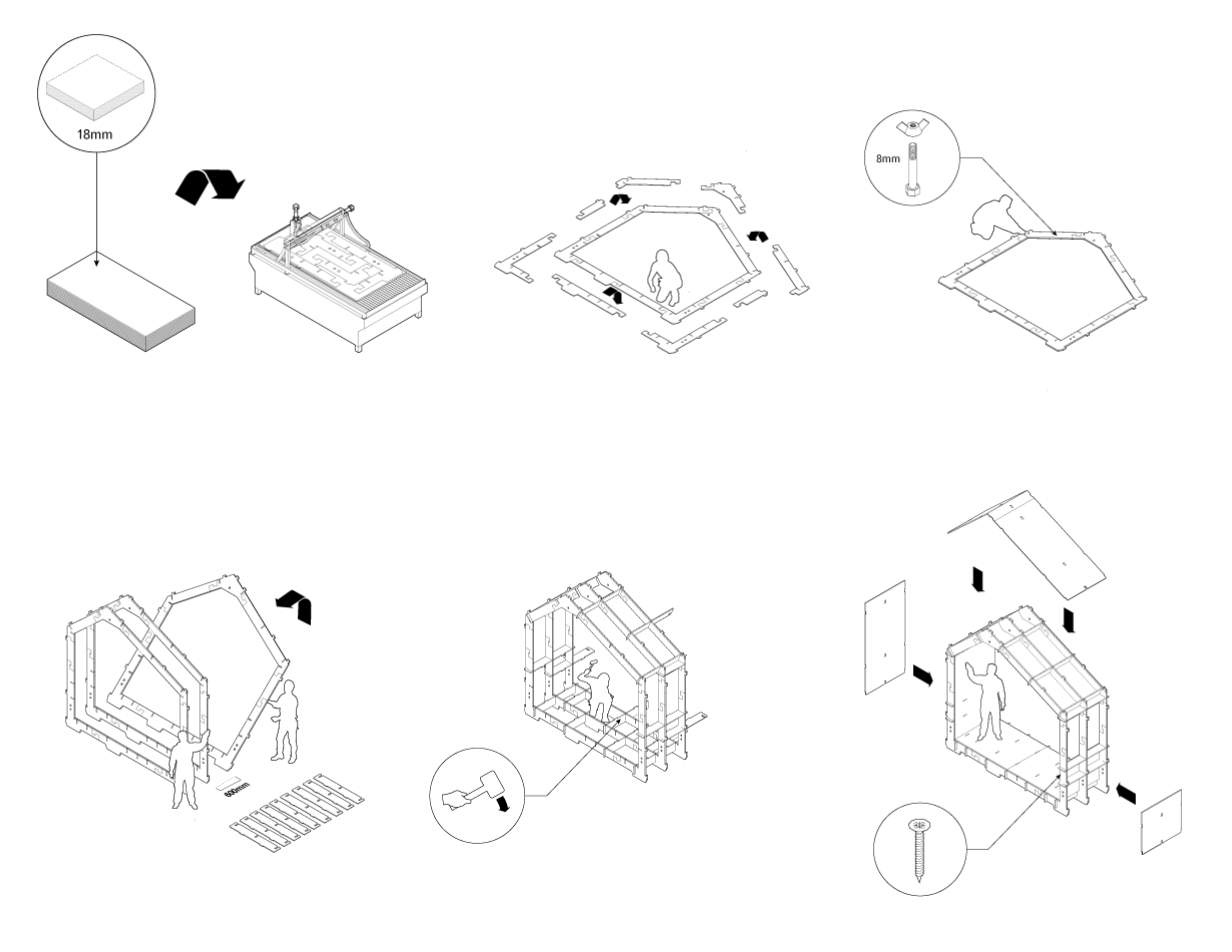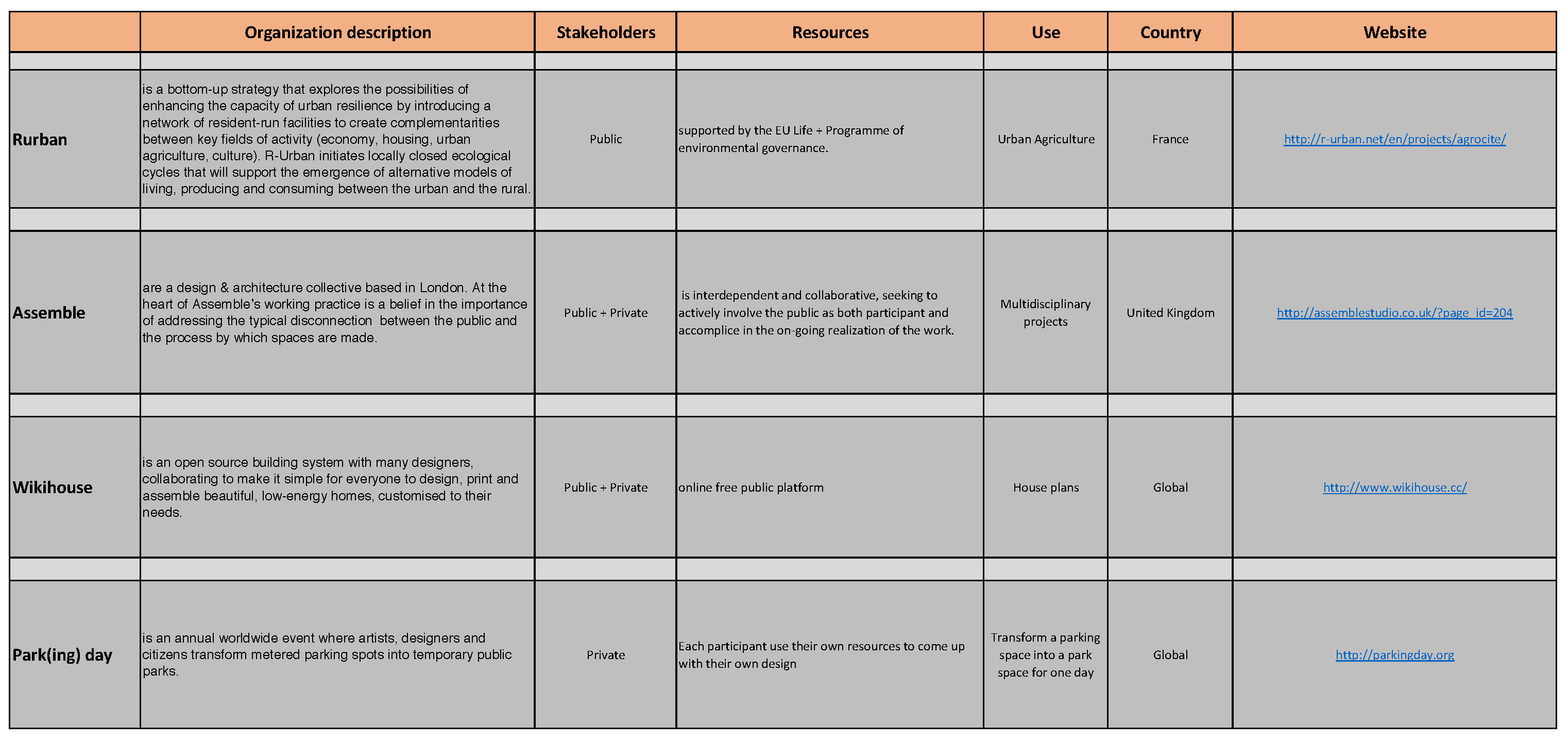#GC2022 is accepting submissions - 25d 27h 05m 44s

Folly for a Flyover transformed a disused motorway undercroft in Hackney Wick into an arts venue and new public space.
Image source and credit: Assemble
A new urban revolution is taking place around the world, something I like to call the "Commons Spring", a revolutionary wave of common people taking action on their local neighbourhoods to create better public spaces. Just like the Arab Spring was a time in modern history where an effective use of social media to organize and raise awareness in the face of state repression, demonstrations and protests lead to revolutions throughout countries in the Arab League. The Commons Spring movement could be the urban counterpart leading to a demand and the creation of better social public spaces.1
This Commons Spring movement has taken form in different scenarios: guerrilla and community gardening, pop up cinemas, occupation of abandoned buildings for a range of purposes or using street art to enhance streets while helping to reduce car accidents. Any urban movement is far from having the effect the Arab Spring achieved, nevertheless it seems that a global revolution is taking place where people are fighting for quality urban spaces, specifically community-led projects.
To understand the Commons Spring movement in more detail we need to first define the term "commons", which occurs in a variety of historical contexts. First of all, the term came up in relation to land enclosures during pre- or early capitalism in England. Secondly, in relation to the Italian autonomic movement of the 1960s; and third, today, in the context of file-sharing networks, but also increasingly in the alter-globalization movement.2

R-urban is an integral planning-development approach that directly involves its stakeholders in the process of making
place and creating their community practice. Image source and credit: R-urban
So, what is this urban common movement? Several definitions have come already: do it yourself urbanism, urban acupuncture, tactical urbanism... but basically is a bottom-up strategy, where committed citizens focus on the purpose to reuse a space in benefit of the community. A common factor is using short-term, low-cost, and scalable interventions and policies where the spaces used are abandoned, underused or proposed spaces to be transformed into public spaces. This movement has been gaining momentum in the last couple of years and has been of interest not only for architects but for planners, urban designers, sociologists and even politicians. Perhaps the reason behind this interest is the focus and success it has on building communities rather than building infrastructure.3, 4, 5
For the first time new generations are saying "I will choose a place before a job". It is no coincidence that companies are not attracted by tax incentives from cities anymore, but from the place-making and the community lifestyle they have in the cities. This is what people are looking after. People prefer a place where they can have a life, a sense of belonging, an identity... This is called social capital:
"The network of social connections that exist between people and their shared values and norms of behaviour, which enable and encourage mutually advantageous social cooperation".6

Wikihouse assembly steps, image source: wikihouse
The construction of communities brings one of the main relevance of the Commons Spring movement, the rise on a new alternative mode of urban governance, where it is the community which makes the change of its immediate surroundings. Elinor Ostrom7, who in 2009 received the Nobel Prize in Economics for her pioneering work on the commons, claims that a larger discussion on models of urban governance should include a new alternative from the current private and government urban players should be added, the community. Effective governance is the key, in order to understand this concept a definition of governance, urban governance and government needs to be understood8 :
Park(ing) Day, image source http://parkingday.org
There are many examples of urban commons projects in the world, but let's take a look at some of the most relevant ones from the last couple of years:
These examples show a clear bottom-up approach, where citizens show how to use unused spaces, building communities around them. Perhaps the famous quote "everybody's property is nobody's property" lacks the fact that also, "nobody's property is everybody's property", which in these examples is shown, the formula has been the right use of the space for its context, the people that will use it and effective governance.
We can also learn from these examples how they have accomplished their goals and how these groups have transformed an inactive space into an active space. We can found they share a list of common factors they applied to make it happen:
"Community is something we do together. It's not just a container," said sociologist David Brain. Infrastructure, roads, water, sewer, electricity and housing provides the shell within which people live. It is within this shell that people do the things together that allow them to sustain livelihoods. These include but are not limited to education, health care, business, recreation, and spiritual celebration. People working together with shared understandings and expectations are what provide a place of strong community.10
The future has a promising scenario for the urban commons movement, as social media takes more and more of an active role in people's life, recruiting commons and proposing uses for new spaces has become easier than ever before. We can certainly see an increase in the urban commons movement, a good example could be the interest of different universities to study and promote it, like LSE cities with their latest competition designing the urban commons. The competition asked participants to re-imagine spaces in London as places for collaboration, sharing and collective ownership. Another good example is park(ing) day, where through social media people can take ideas from other activists and also share their parks with others.11
Just as information wants to be free, public space wants to be free, these two concepts are finding their natural connections building strong partnerships between different stakeholders to build free attractive public spaces. It is an open-source by nature, so learning from others' successes and drawbacks is part of the process, a trial and error urbanism.
As more people play an active role in their urban surrounding, we can expect a proliferation of urban commons spaces. Hopefully these examples can inspire more than one person to give it a try and become a renegade city-dweller and keep this great urban revolution going. Perhaps Margaret Mead's quote is now more powerful than ever in terms of this new urban revolution, which stated: "Never doubt that a small group of thoughtful, committed citizens can change the world. Indeed, it is the only thing that ever has."
Jorge Gerini is an architect and urban designer from Mexico, concerned with building communities with sustainable infrastructure. He is currently living in London after completing an MSc in Sustainable Urbanism in 2013 at the Bartlett, afterwards he worked for Bill Dunster in Zedfactory focusing on zero carbon developments, and currently working as an Urban Designer in AECOM working on different projects and scales in UK, Europe and Middle East.
[footnote]
1. Bowden, Jeremy, BBC Middle East, (2012), Arab uprisings: 10 key moments
2. Angelis, Stavrides, (2010) Public interview
3. Iveson, K. (2013), Cities within the City: Do-It-Yourself Urbanism and the Right to the City. International Journal of Urban and Regional Research, 37: 941–956.
4. Bradley, Sarah, (2015), How Tactical Urbanism "Adds Up"
5. Lydon, Mike, (2014), Tactical Urbanism
6. Lew Feldstein & Putnam, Robert D. (2000) Better together report.
7. Ostrom, Elinor, (1991), Governing the Commons
8. UNHABITAT – Governance Principles, (2015)
9. How to Build a Social Community, Yoav Vilner (2015)
10. Brain, David, "Placemaking and Community Building," (2004) Presentation at the University of Miami School of Architecture
11. LSE - Designing the urban commons, (2015)